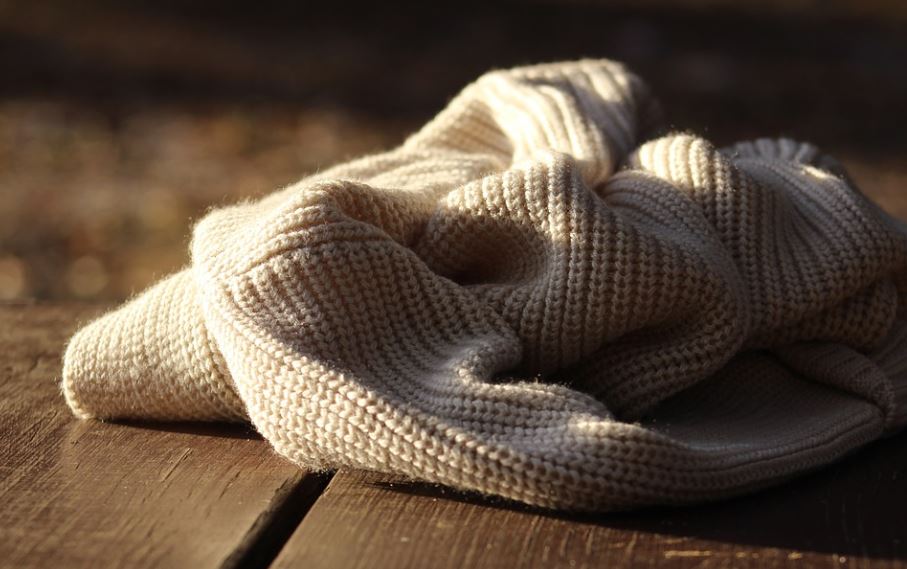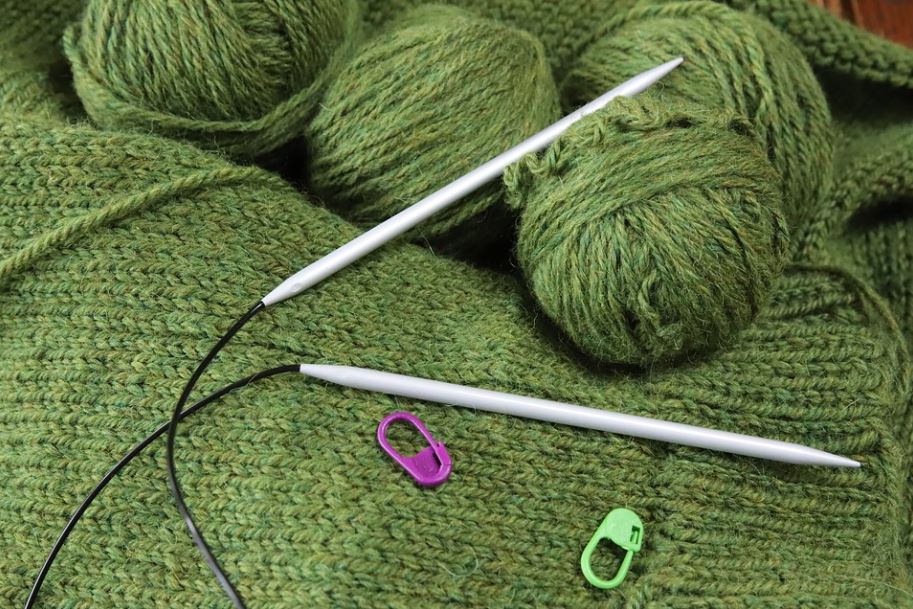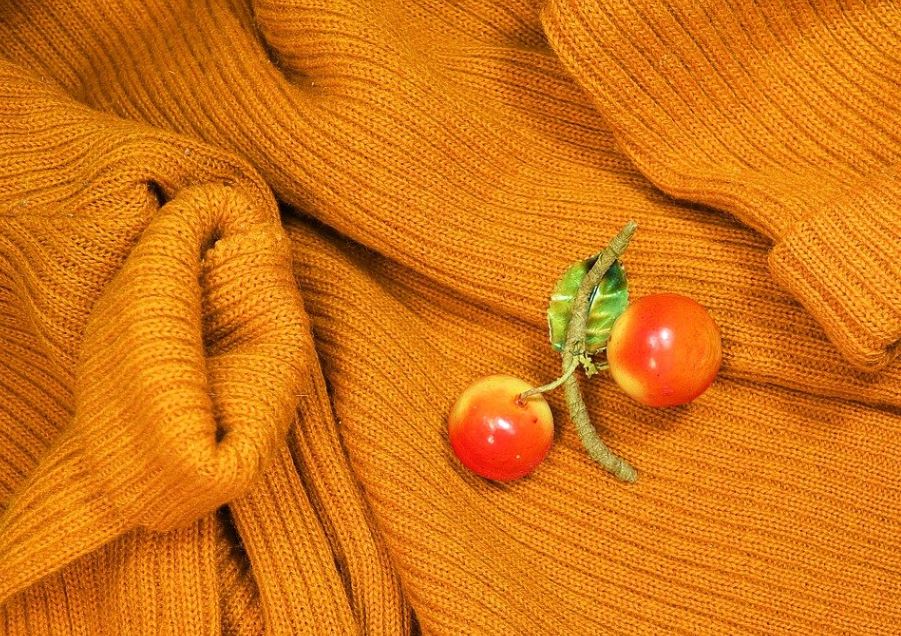Cashmere is a fiber derived from cashmere and pashmina goats. When compared to a sheep wool sweater, a cashmere sweater is finer, stronger, lighter, softer, and approximately three times more insulating. It is also a very fashionable fabric that many people prefer to wear during the cooler months. The fabric is very thin but warm, so it doesn’t feel too bulky under your jacket.
If you wear and care for cashmere properly, it does not require much upkeep. Consider the following tips for preserving these high-end cashmere sweaters:
1. Understand What You Are Caring For
Did you know that cashmere is one of the world’s most sought-after fibers, particularly for scarves and sweaters? Due to the recent popularity of cashmere, there has been a significant influx of substandard product on the market. As a result, it’s best to buy your sweaters from a reputable company and double-check the label to ensure it’s 100 percent cashmere.
Furthermore, cashmere is a delicate fabric, and hand washing helps to avoid damage. Allow a mild detergent or baby shampoo to soak in cool or lukewarm water for about five minutes before rinsing clean. This will keep your garment fresh and clean without affecting its appearance. However, if you require additional assistance in cleaning your cashmere garment, bringing it to your favorite dry cleaners is the best option! This ensures that your garment receives the best possible treatment.
2. Dry Cashmere with Towels
Drying cashmere is a tricky business, so make sure you’re doing it correctly. After washing cashmere, place it on a towel and roll the towel and cashmere together. Gently open the role and gently remove the cashmere from the towel and place it on another towel that is dry.
3. Cleaning Up Stains
Stains on any of our clothes are a major issue, but we can easily wash them and rub them to ensure the stains are removed. Whereas in the case of cashmere, things aren’t as simple as we would like them to be, so if you get stains on your cashmere, you need to act quickly, because if the stain gets dry and sets in, it will be very difficult to remove because you can’t rub cashmere, for this you would need to use a mild stain solution, using stain solution is the optimal decision, but if you don’t have it then you can use a mild soap. Once the cashmere is wet and the solution has done its job, lightly brush your hand and gently remove the stain.
Stains caused by makeup or grease:
To begin, blot the stain. Then, pre-treat the garment by soaking it in a mild shampoo.
Stains from chocolate:
Gently rub the stained area with a white cloth dipped in liquid detergent. Scrub lightly in the affected area.
Stains from red wine, tea, or coffee:
Gently rub the stain with a white cloth dipped in a solution of cold water and dish soap. Avoid using soap or laundry detergent! These have the potential to set red wine stains rather than remove them.
4. Avoid Using Perfume on Your Cashmere Sweater
It is best not to spray yourself with perfume while wearing cashmere garments because it will eventually discolor or stain the garment. Always spray the perfume on your skin and let it dry completely before putting on the garment. You can also apply perfume to the pulse points that are not covered by your clothing.
5. Keep the spare yarn for your cashmere sweater
Extra yarn is typically included with a good cashmere purchase. It is recommended that you always save this extra yarn in case you need it for your cashmere garment in the future. If anything happens to your cashmere sweater, this yarn will come in handy and you won’t end up losing your cashmere sweater, which is essential for dressing like a Parisian.
6. Managing Moths
To begin, consider the worst-case scenario: the hell created by the revolting, insidious moth. A friend swears she left a wet sweater out to dry one night and woke up the next morning to find a tiny hole. To make matters worse, they always eat your more expensive items, preferring a nibble at a Chanel cashmere buffet over chowing down on a Big Lebowski thrift store number. To combat this encroachment, the birth control metaphor can be useful. Forget the moth-repellent equivalent of the unreliable rhythm method, cedar chests and closets. An ultra-strong condom in the form of an impenetrable zip-top plastic bag is required. After you’ve sealed the sweater in the bag, place it in a drawer that closes securely. (If necessary, buy a separate chest of drawers.) You’ll be grateful when your sweaters are hole-free.)
If the damage has already been done, you can also summon the re-weaver. These skilled artisans will perform miracles, but the price will not be cheap. Still, if it’s truly worth $100 to make your turtleneck whole again, it’s comforting to know these geniuses exist.
7. Shave consistently
Sometimes the issue is not holes, but pills. These vexing bumps can appear after just one wearing of a new sweater. (Research shows that cheap fibers are increasingly being used in sweater construction, as opposed to the better filaments used years ago, which is why your 1950s cardigan, now nearly 70 years old, remains pill-free and that thing you bought last month is dying.) You can treat this affliction with a battery-powered “fabric shaver,” which buzzes the fuzz away and is fairly effective (your cardigan will look much better, but not like new). But don’t use this contraption on lace or other delicate fabrics! (You have no idea how I know this.) You can also get one of those rollers with the sticky tape, which is better than nothing but far more useful for picking up pet hair than de-pilling. Also, the dry cleaner can sometimes de-pill, so make sure to ask about it. Speaking of which, while most sweaters return happy from the cleaners, there are some knits that should never enter that establishment.
8. Use of Iron Is Not Recommended.
When you fold your cashmere, it is inevitable that it will get wrinkled. While many people use an iron to remove these wrinkles, because of the delicate nature of cashmere, it is always preferable to use a steamer instead.






